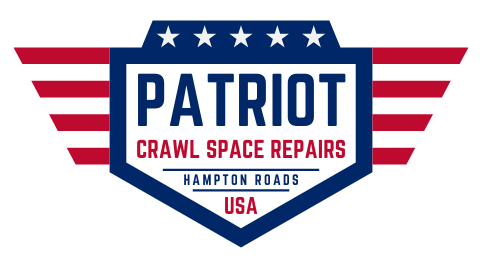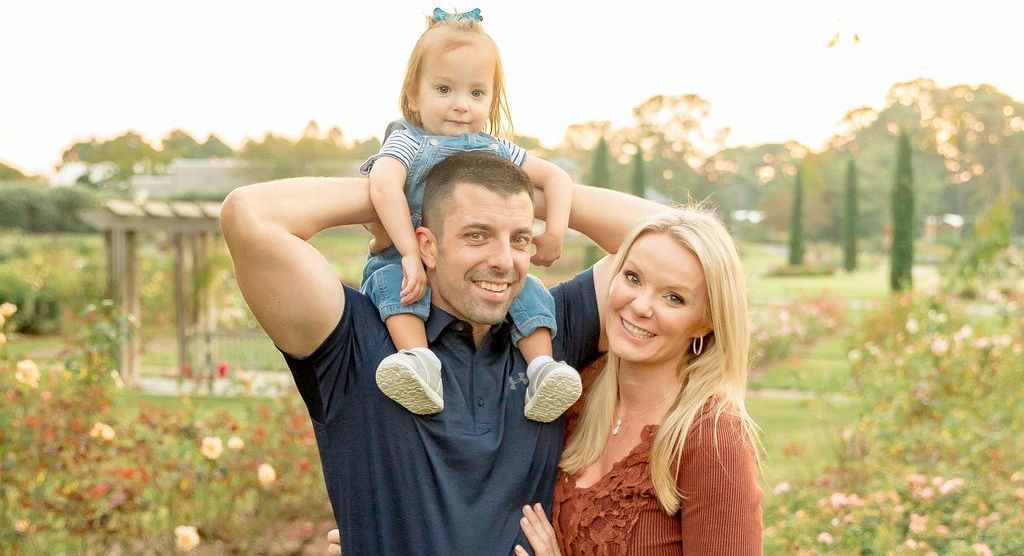Soil Moisture & Ground Vapor: What Homeowners Don’t Realize
Soil moisture plays a role in crawl space humidity and odors, but it is not the main cause of the severe moisture damage seen in Southeastern homes. Understanding what ground vapor actually does — and what it doesn’t do — prevents wasted money and bad repairs.
GUIDE #3 — Soil Moisture & Ground Vapor: What Homeowners Don’t Realize
Most homeowners believe moisture rises from the soil and causes the problems they see in their crawl space. This idea has been repeated for decades, and many contractors still blame “moisture coming up through the dirt” for everything from mold to insulation failure. The truth is more nuanced. While soil moisture and vapor do contribute to humidity and odors, they are almost never the cause of standing water, duct sweating, wet insulation, or structural moisture damage. In humid climates like Hampton Roads, most moisture problems come from the air, not the soil. This guide explains what soil vapor actually does inside a crawl space, how it interacts with other moisture sources, and why understanding the difference matters.
Soil Moisture Is Real, But It Isn’t the Primary Threat
Soil does release moisture. All dirt contains some amount of water, and that water naturally evaporates upward into the crawl space. This vapor can raise humidity, increase musty odors, and create a generally “damp” feel in the space. However, soil vapor rises slowly and consistently, not in sudden bursts. It does not produce puddles, it does not soak insulation, it does not drip from joists or ductwork, and it does not create the rapid damage homeowners usually see during the summer.
Ground vapor behaves more like steam rising from a warm cup — gentle and constant. By itself, it cannot cause the kind of top-down moisture damage documented repeatedly in your book. That level of destruction comes from condensation caused by humid outside air, not moisture rising from the soil.
Why Ground Vapor Causes Odors but Not Structural Damage
One of the biggest effects of soil moisture is odor. Soil contains organic material, microbial activity, and natural vapors that can create earthy, musty smells. When vapor rises, it brings those smells with it. Homeowners often notice these odors inside the home long before they see any visible crawl space issue. This is why vapor barriers help — they block the airflow between the soil and the crawl space, immediately reducing the smell.
But while soil vapor affects odor and humidity, it does not leave visible moisture. It doesn’t drip on surfaces, create puddles, or saturate building materials. If you see wet insulation, water droplets on joists, or puddles on top of the vapor barrier, that is not soil vapor — it is condensation or groundwater. Soil vapor simply cannot move enough water upward to cause that kind of damage.
Why Homeowners Misinterpret Ground Moisture
Many homeowners — and some contractors — see a damp environment and assume moisture is rising from the soil. They may see a sheen on top of the vapor barrier and think it’s coming from below. But in most Southeastern crawl spaces, that moisture is falling from above as ducts, pipes, and wood surfaces sweat during the summer. The ground underneath the vapor barrier is typically much drier than people imagine. The “damp feeling” in the crawl space almost always comes from humid outside air entering through vents and gaps, not from vapor rising through the soil itself.
Older building codes and outdated contractor training have contributed to this misunderstanding. But once you study real-world crawl space conditions and moisture measurements, it becomes obvious that air drives the damage, not dirt.
Where Soil Moisture Actually Matters
Soil vapor becomes more noticeable when the crawl space is already wet from condensation or groundwater. Once joists, insulation, and ductwork have absorbed moisture, even small amounts of vapor rising from the soil can make the crawl space feel damp and musty. In this weakened state, the soil vapor adds to the overall humidity load and makes mold growth more likely.
But when you fix the real moisture sources — sealing the crawl space to stop humid air, controlling humidity with a dehumidifier, and correcting any groundwater intrusion — something very telling happens: the soil usually dries out completely. In most properly repaired crawl spaces, the dirt becomes dry, firm, and dusty, with very little odor at all. This proves that soil moisture wasn’t the primary cause. It only became noticeable because the crawl space was already failing from top-down or groundwater moisture. When those are addressed, the soil stabilizes naturally.
This is exactly why vapor barriers are useful but not a standalone solution. They help reduce residual vapor and odors, but the real fix is always air and water control, not thicker plastic.
Why This Matters for Homeowners
When soil moisture is misunderstood, homeowners often spend money on the wrong repairs: thicker vapor barriers, full wall liners, or expensive encapsulation packages that don’t address the real moisture source. When those upgrades inevitably fail to stop condensation cycles, homeowners feel misled. Understanding how soil moisture actually behaves helps you avoid wasted money and ensures the repair plan actually follows the building science.
When you understand the distinction between soil vapor, condensation, and groundwater, fixing the crawl space becomes simple. Soil vapor affects odor. Groundwater affects drainage. Condensation affects everything.
The Patriot Method™ — Diagnose • Address • Protect
A healthy crawl space starts with accurately identifying which type of moisture is at play. We identify whether the moisture is rising from the ground, falling from above, or entering from the perimeter, and we address each source with the correct solution — sealing, humidity control, drainage, or all three when needed.
If your crawl space smells musty or feels damp, or if you see signs of moisture, we can help. We provide straightforward, no-pressure inspections based on real building science — not gimmicks or upsells.



